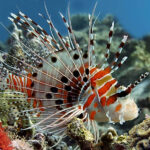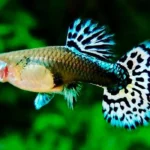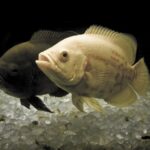The Hidden World Beneath the Surface: Unique and Beautiful Fish—Freshwater & Saltwater Edition
Saltwater Fish Species: The universal allure of aquariums
Why fishkeeping is more than just a hobby
A glimpse into the scope of the guide
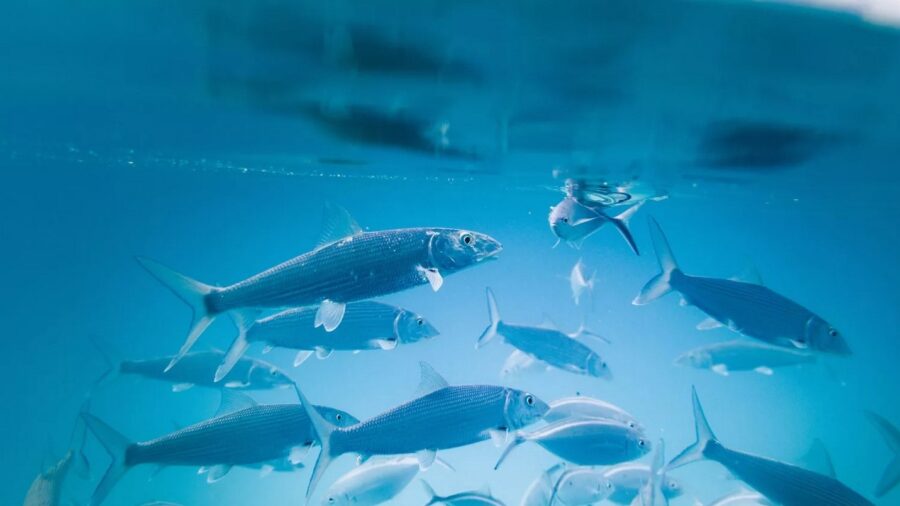
Understanding the Basics: Fish Species: Freshwater vs. Saltwater
Key differences in ecosystems
Water chemistry, care level, and cost
Which one is right for you?
Dive Into Freshwater Species
Community Favorites
Guppies
Neon Tetras
Corydoras Catfish
Mollies
Unique Personalities
Betta Fish (Siamese Fighting Fish)
Dwarf Gourami
Oscar Fish
Freshwater Giants
Arowanas
Plecos
Habitat setup, compatibility, and tank tips
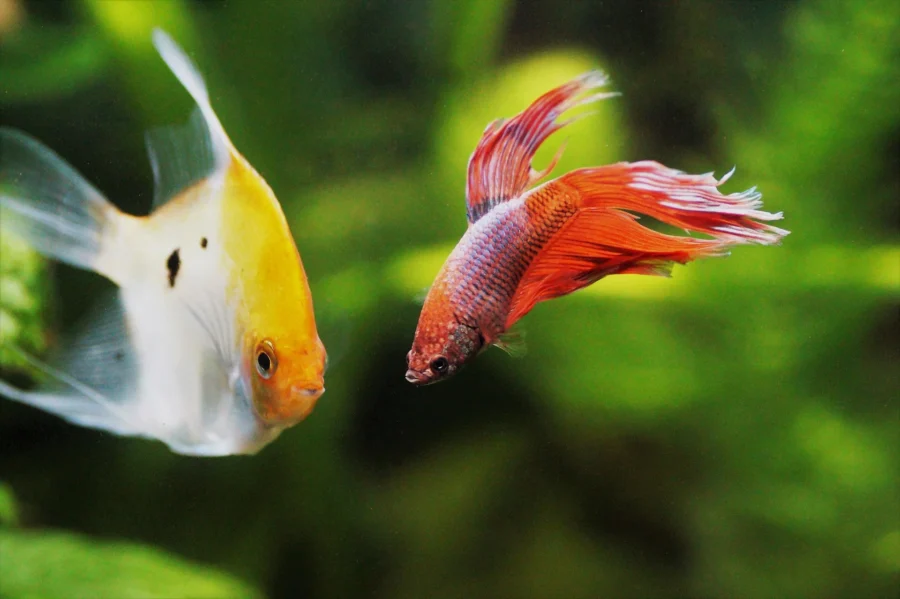
Explore Saltwater Wonders
Colorful Coral Companions
Clownfish
Royal Gramma
Firefish
Exotic Elegance
Mandarin Dragonet
Banggai Cardinalfish
Butterfly fish
Challenges and Rewards
Marine tank setup (reef vs. FOWLR)
Salt mixing, cycling, and maintenance essentials
Setting Up the Perfect Aquarium
Equipment checklist (tank, filter, heater, light, substrate)
Creating a natural environment
Freshwater vs. marine setups: what to expect
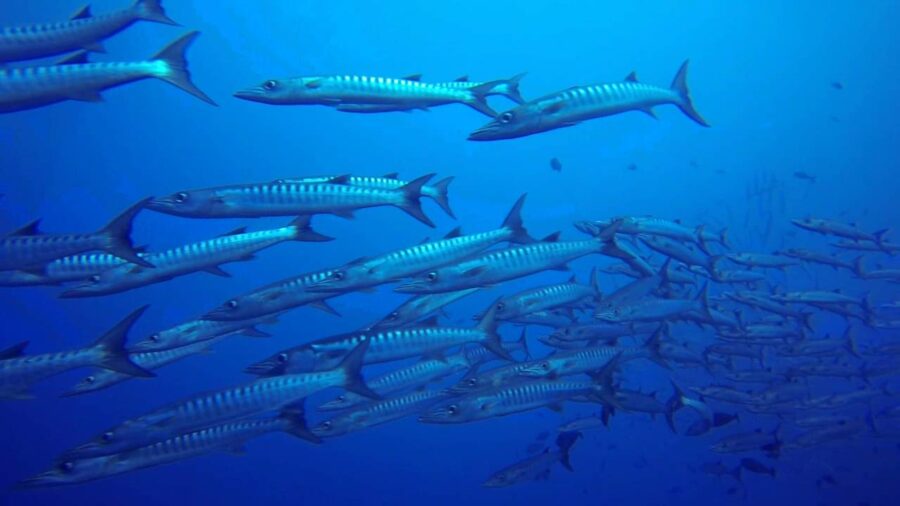
Behaviour, Compatibility & Tank Mates
Understanding fish temperament
Aggression, schooling, and territory
Choosing peaceful communities
Feeding & Nutrition
Species-specific diets
Live food vs. pellets vs. frozen
Overfeeding & water quality
Health & Common Diseases
Signs of stress and illness
Ich, fin rot, swim bladder issues
Quarantine & treatment tips
Ethical Fishkeeping & Sustainability
Captive-bred vs. wild-caught
Supporting ethical trade
Conservation awareness
Becoming One with the Water
The emotional connection to fishkeeping
Lifelong learning in aquatics
Encouragement to start the journey
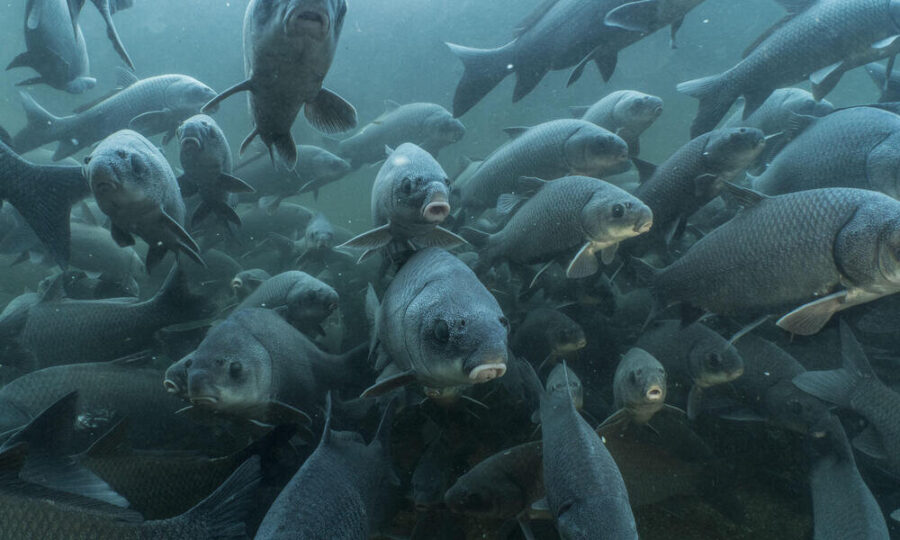
Conclusion
Fish Species Fishkeeping is more than a glass, gravel, and gills operation — it’s a gentle symphony of nature in your living room. Whether you’re breeding a couple of guppies in a riot of colour or cultivating a small reef full of sea life, this activity is all about connection. Connection to the rhythms of the natural world. And with concern comes a rich reward: the pleasure of seeing life grow just inches before your eyes, knowing your hands guided it.
You will have mistakes — tanks will fog, filters will break, and yes, sometimes the fish will fight. But every glitch is part of a larger reward: the peaceful satisfaction of learning an ecosystem and watching it flourish.
A reminder of nature’s beauty. And, in a way, a mirror of ourselves. So, whether you’re just starting out or far along on your aquatic path, keep looking, keep learning, and most importantly, keep caring. Since the further you get, the more there is to learn.
Is freshwater or saltwater fish simpler to maintain?
Freshwater Fish Species are simpler and cheaper to keep, and thus ideal for novices. Saltwater fish tanks require more equipment, precise water chemistry control, and attention but offer a stunning range and colour for the daring.
How frequently should I clean my aquarium?
For all tanks, in general, do a gentle clean and partial water change (20-30%) weekly or bi-weekly. Over-cleaning and agitating the beneficial bacteria can be catastrophic. Choose balance instead. Periodic filter changes and gravel vacuuming also help to create a balanced environment.
Can I house freshwater and saltwater Fish Species in the same tank?
No — freshwater and marine fish come from entirely different habitats with incompatible water chemistry. Not only is it unsafe, but it is also fatal to the fish to combine them. Always create tanks based on either freshwater or marine fish species.
How big of a tank do I start with if I’m a noob?
A 20- to 30-gallon tank is a great beginning. While smaller tanks might seem easier, they’re really more challenging to keep due to drastic water quality shifts. Fish Species: Larger tanks provide greater stability and room for your fish to increase in size.
Can I keep freshwater and saltwater tanks at the same time?
Absolutely — both are favourites among most aquarists. Just make sure that both tanks will have their own care schedule, equipment, and species-specific requirements. Be prepared to invest the time and money into properly maintaining both worlds.
What are the symptoms that my fish may be ill?
Observe for lethargy, abnormal swimming, loss of appetite, white spots (Ich), clamped fins, or apparent wounds. Isolate ill fish species in a quarantine tank whenever possible and treat immediately, depending on the particular illness.

